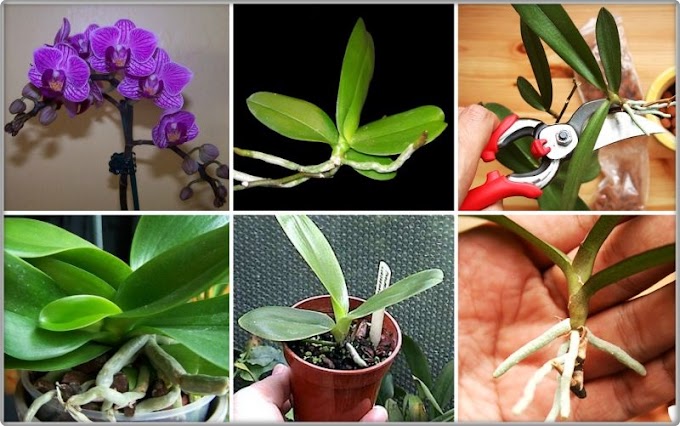Echinocactus platyacanthus is a slow-growing cactus, up to 8.2 feet (2.5 m) tall, up to 5 feet (1.5 m) wide and can live over a 100 years. Its stem is grayish blue and the straight, rigid spines are black. The apex of the cactus is flat and covered with a yellow felt-like substance. They are heavily ribbed and have large areoles. The flowers are diurnal, tubular, vivid yellow, up to 0.8 inch (2 cm) in height, up to 1.2 inches (3 cm) broad and bloom at the end of spring to summer. The fruit is up to 1.2 inches (3 cm) long and is covered by a hairy wool.
Synonyms
- Copiapoa macracanth,
- Echinocactus arachnoideus,
- Echinocactus aulacogonus,
- Echinocactus edulis,
- Echinocactus ghiesbreghtianus,
- Echinocactus grandis,
- Echinocactus helophorus,
- Echinocactus ingens,
- Echinocactus irroratus,
- Echinocactus karwinskii,
- Echinocactus macracanthus,
- Echinocactus minax,
- Echinocactus oligacanthus,
- Echinocactus platyceras,
- Echinocactus saltillensis,
- Echinocactus tuberculatus,
- Echinocactus viznaga,
- Echinofossulocactus helophorus,
- Echinofossulocactus karwinskianus,
- Echinofossulocactus macracanthus,
- Echinofossulocactus platyceras,
- Melocactus ingens,
- Melocactus platyacanthus,
- Melocactus tuberculatus
How to Grow and Care
Overall, these are very attractive cacti for dish gardens or indoor display. A collection of them is especially attractive, as they look like a collection of balls tossed upon the ground. It’s critical, however, to never let these cactus be exposed to prolonged periods in water, or even very high humidity. They will suffer from rot in the presence of humidity. Echinocactus are vulnerable to pests including aphids, mealy bugs, scale, and white fly. If possible, identify the infestation as early as possible and treat with the leave toxic option.It’s best to repot in the beginning of the growing season, or summer. To repot a cacti, make sure the soil is dry before repotting, then gently remove the pot. Knock away the old soil from the roots, making sure to remove any rotted or dead roots in the process.




